Coding Mary Behrend’s 1909 Calendar
A Digital Humanities Challenge
Presentation to the Harborcreek Historical Society, 26 May 2022
by Elisa Beshero-Bondar, PhD
Prof. of Digital Humanities, Program Chair of DIGIT at Penn State Behrend
Contact: eeb4 at psu.edu
Digital Humanities development site: https://newtfire.org
Link to these slides: bit.ly/mary-behrend-1909
Digital Humanities
- “humanities computing” (not computer science)
- At Penn State Behrend:
- systematic preservation and analysis of cultural data (texts/images/multimedia)
- can involve “big” text corpora / distant reading approaches
- “big or small”: developing archival resources
- re-mediation (translating physical media to digital formats)
- always “under development” (never quite finished)
- engaging students in challenging research questions
Text Encoding course
Every fall, new semester project options
Fall 2020 (early pandemic, totally online): Emphasis on Langston Hughes + Anna Julia Cooper
Fall 2021: Return to classroom
and physical library archive!
- getting to know the Penn State Behrend archives
- getting to know Jane Ingold!
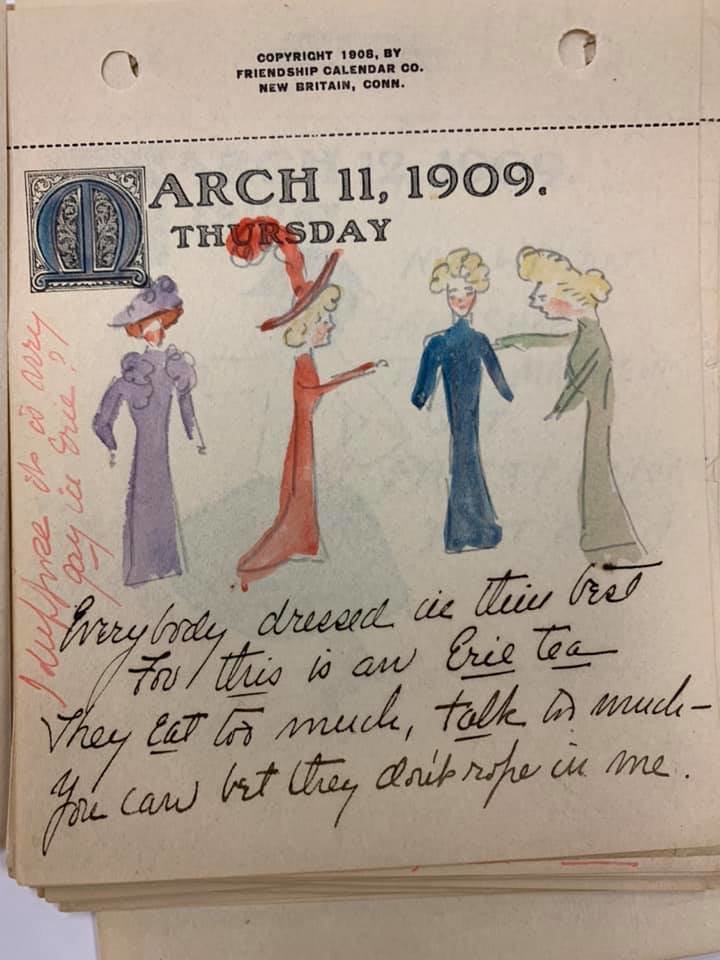
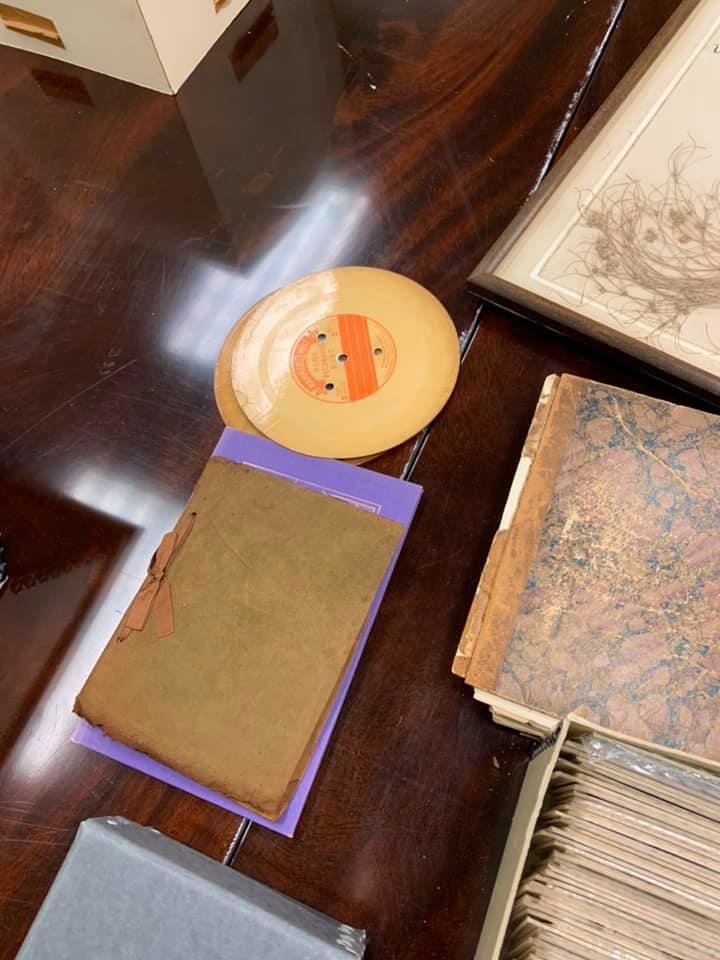
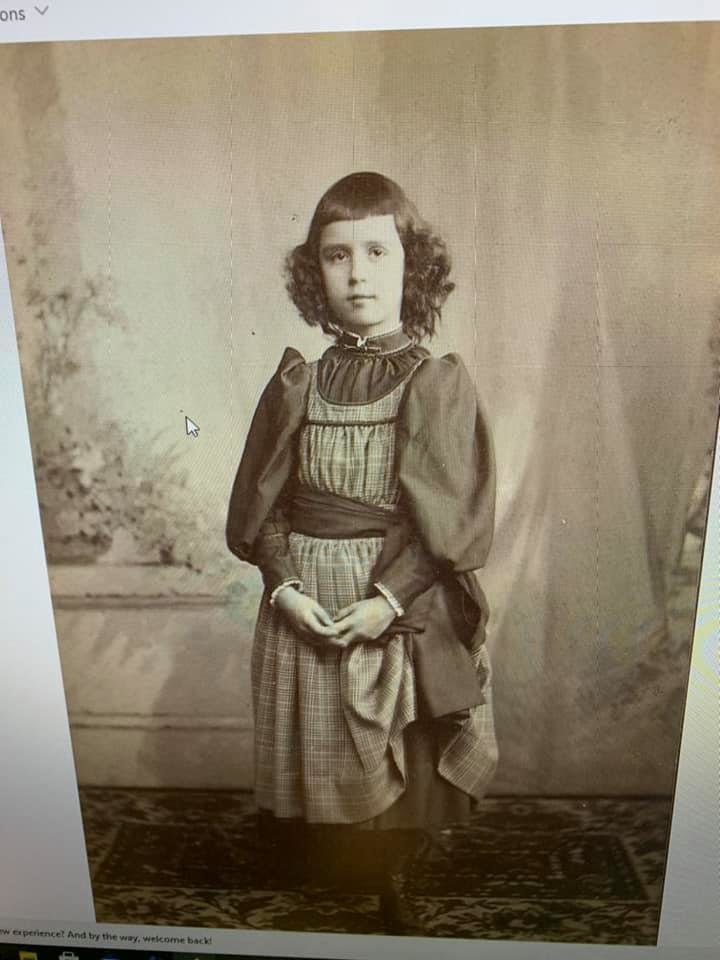
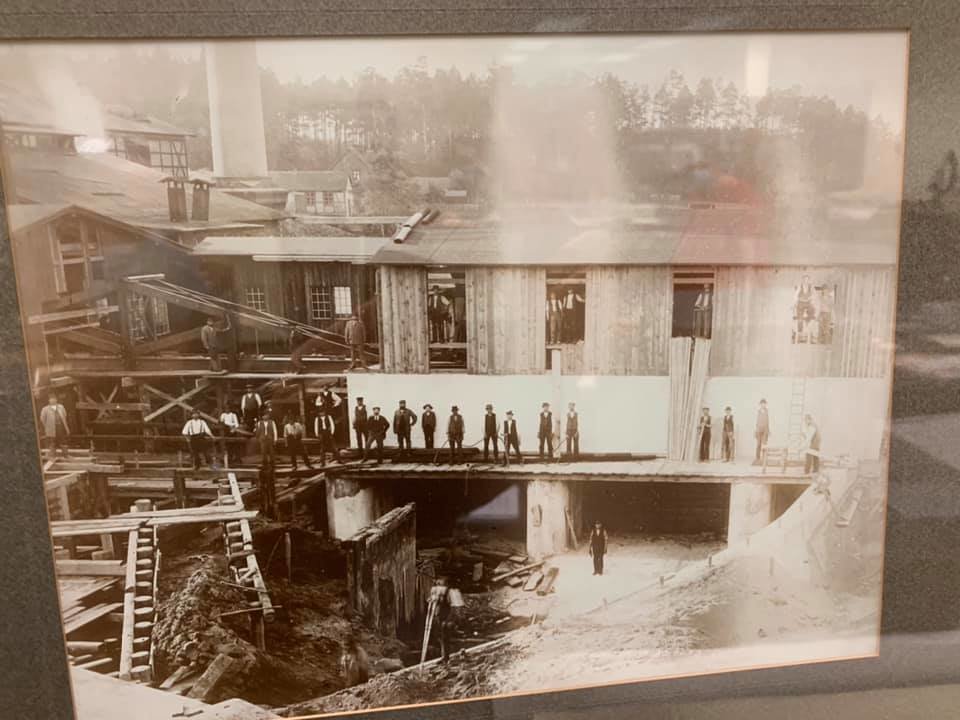
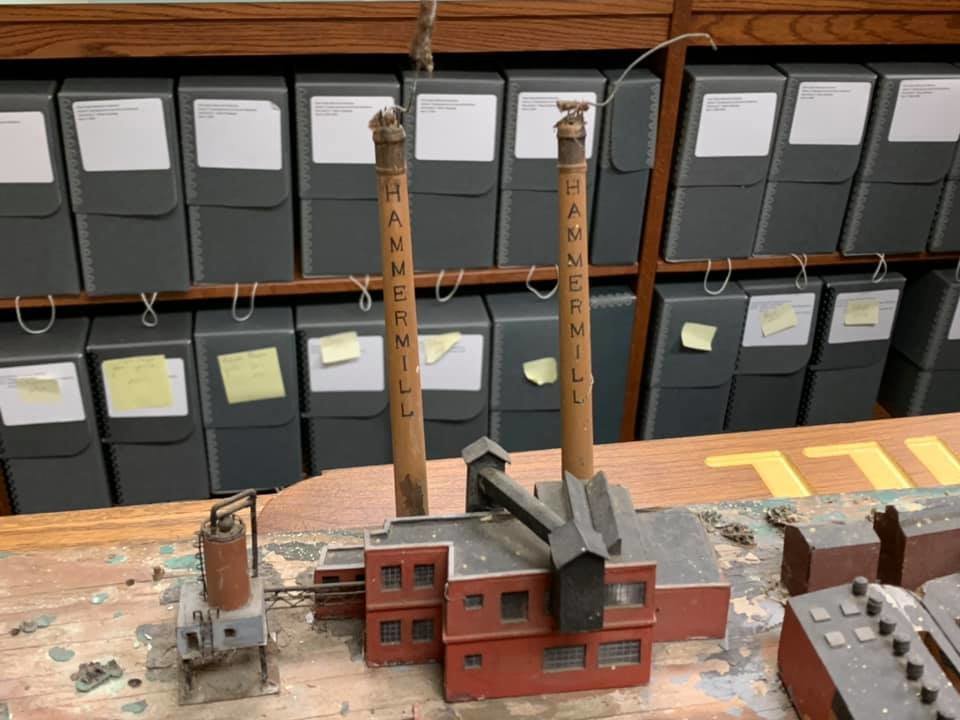
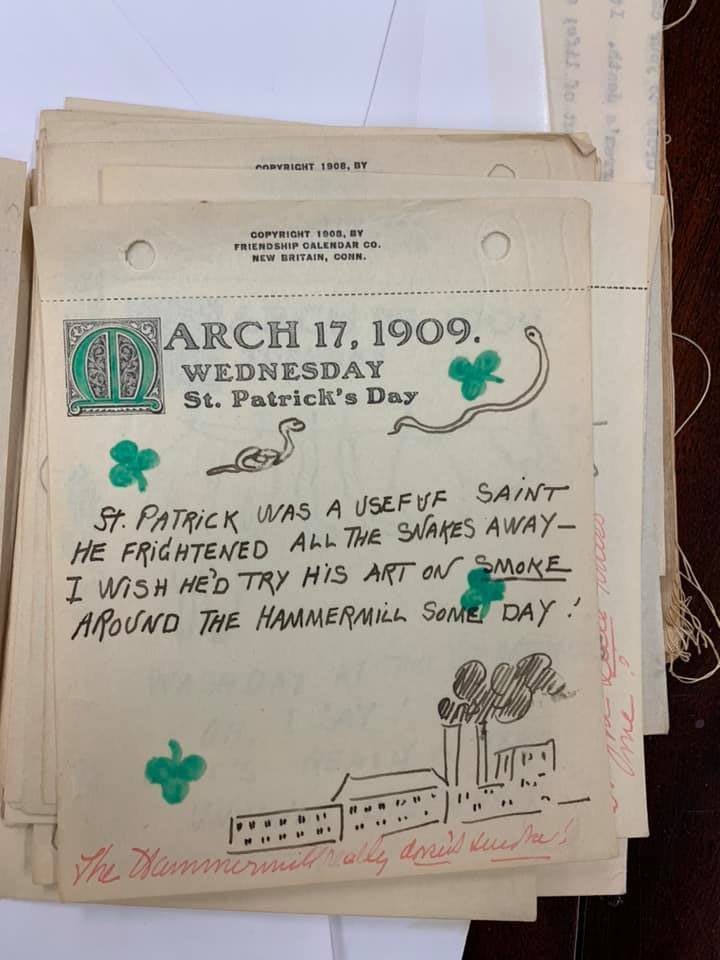
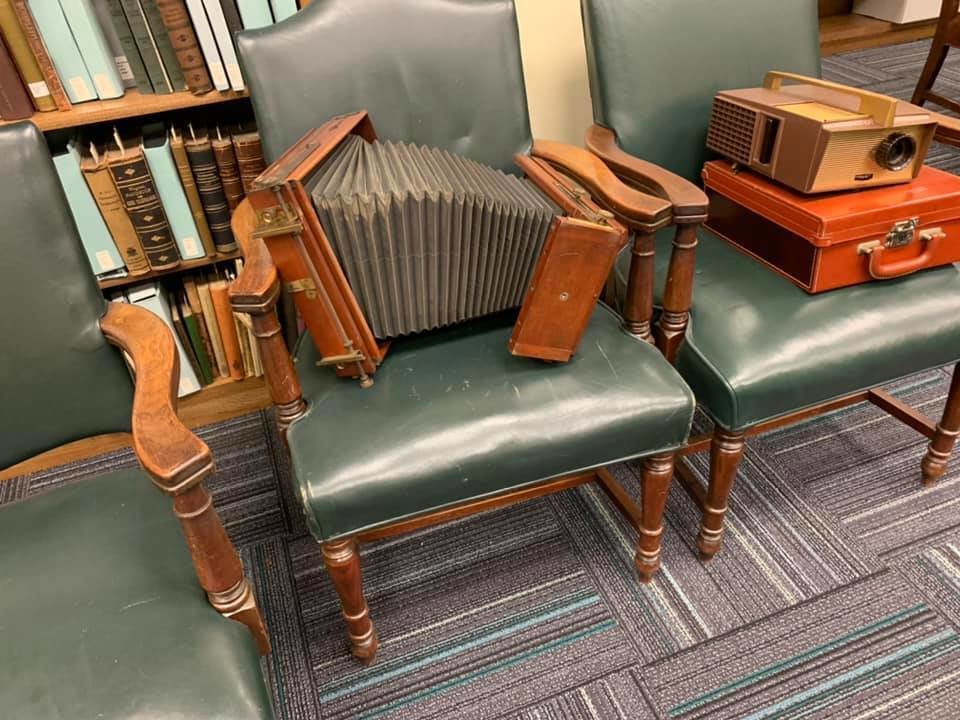
A window into Mary Brownell Behrend’s life in 1909
An opportunity for Behrend students in 2021
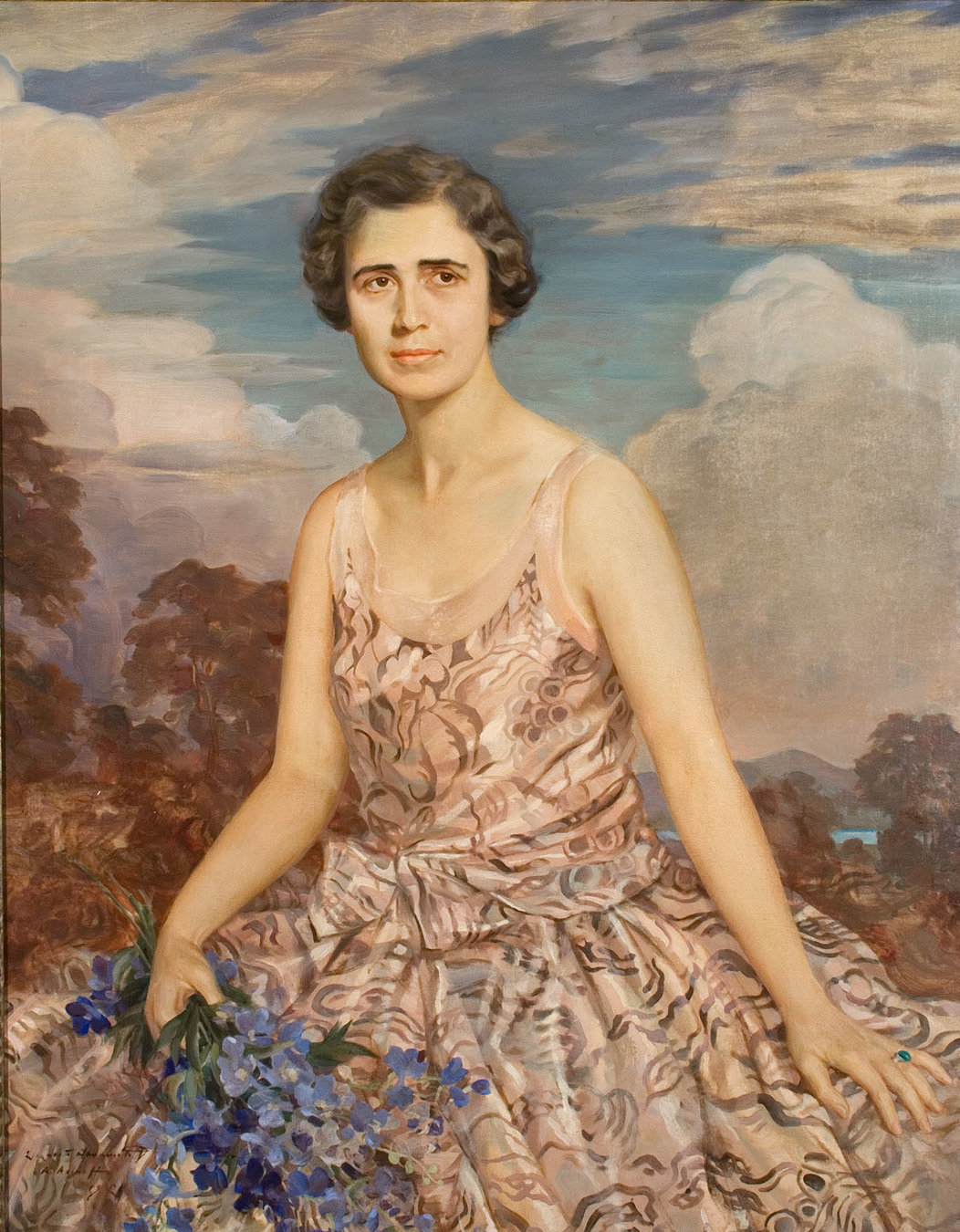
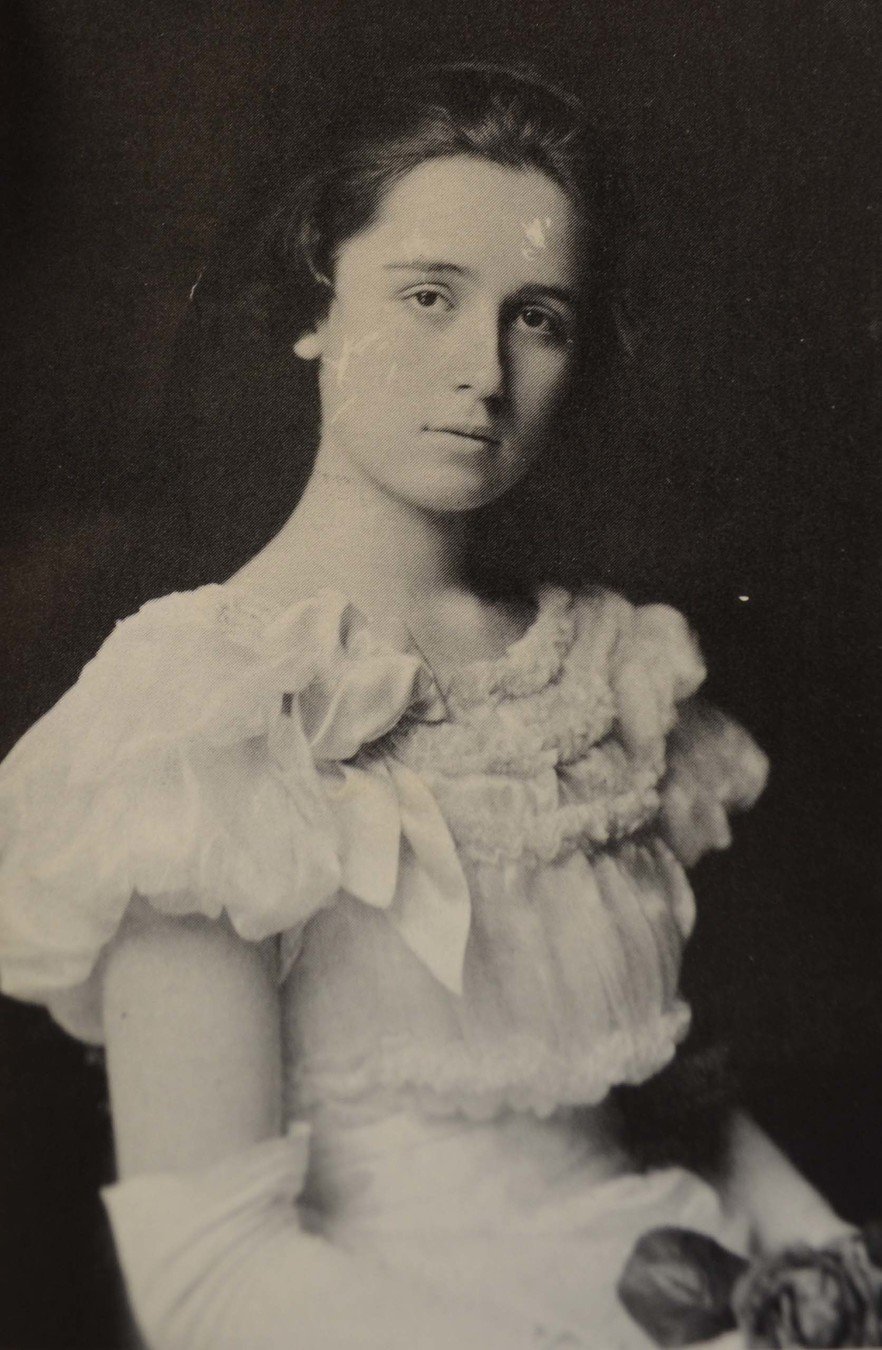
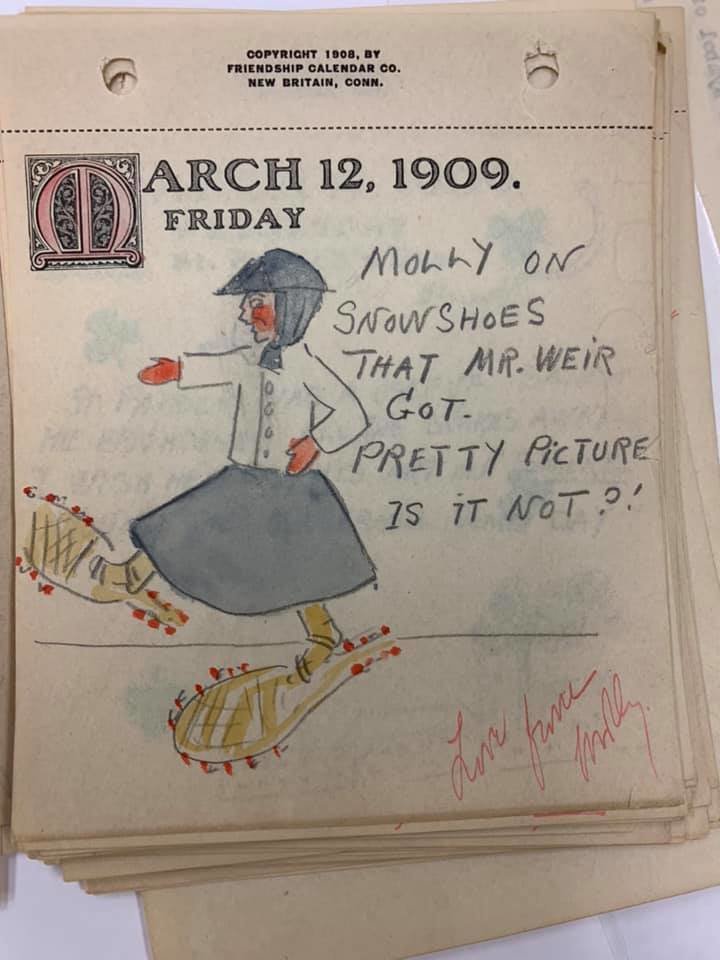


Questions and Challenges
New text/image options for the class coding project
Modeling the Document Data and Metadata

- How many writers?
- Print vs. manuscript
- Handwriting vs. drawing
- Page vs. collection
- Transcription vs. context
A glimpse into the TEI (Text Encoding Initiative)
- Internationally shared Guidelines for digitally representing heritage documents
- 584 "elements" used for categorizing documentary information
- Most projects customize the TEI, choosing only what they need
- Our student project customization
<elementSpec ident="figure" mode="change">
<attList>
<attDef ident="rend" mode="change" usage="req">
<valList type="semi" mode="change">
<valItem mode="add" ident="pencil">
<desc versionDate="2021-11-14" xml:lang="en">for a picture drawn in pencil</desc>
</valItem>
<valItem mode="add" ident="cutout">
<desc versionDate="2021-11-14" xml:lang="en">for an image cut out from
another source and attached to the sheet</desc>
</valItem>
<valItem mode="add" ident="color">
<desc versionDate="2021-11-14" xml:lang="en">for a picture drawn in color</desc>
</valItem>
</valList>
</attDef>
</attList>
</elementSpec>
<div2 xml:id="e-1909-06-19"
facs="https://arrowarchive.github.io/behrendcalendar/photos/june/1909-06-19.jpg">
<fw place="top-center" hand="#calendarPub">COPYRIGHT 1908, BY FRIENDSHIP CALENDAR CO.
NEW BRITAIN, CONN.</fw>
<ab rend="print" hand="#calendarPub">
<lb/><date when="1909-06-19">June 19, 1909. <lb/>Saturday</date>
</ab>
<figure hand="#pencil" rend="color">
<figDesc resp="#rgerzevske">
Someone (possibly <persName>Mary</persName>) is tending to a man's hair.
She appears to be rubbing in shampoo ( or "scalp food", as she called it)
and the woman appears to be singing or talking.
The image is drawn in pencil and what appears to be watercolor,
with the woman's hair obscuring the year number.</figDesc>
</figure>
<ab hand="#blackpen" rend="blockcaps">
<lb/>"Rubbing it in!"</ab>
<note resp="#rgerzevske">I wonder: if this is <persName>Mary,</persName>
did she cut and clean her husband's hair?
Was she at a hairdresser waiting to have her hair done and saw this when she was waiting?
Did they have a housekeeper of some kind?
I have so many questions. </note>
</div2>
Preparing a reading view for the web
- Learn XSLT programming
- transform informational code (XML) to representational code (HTML)
- Blocking and layout decisions
- combination of coding and graphic design
- Learn CSS styling code
- Students design layouts, draft content for website
- Coding, Analysis, Writing, Design
- “Humanities computing”
Roll Credits...!
DIGIT@ Behrend
A Learning Hub for Text Encoding
- Student semester projects <= => Professional scholarly projects
- Digital Humanities as outreach and community building
- Students become coding mentors, guides, helpers
- Shared learning opportunities, gateways to textual scholarship
- Introducing the Digital Mitford Project
- Join our Coding School at Behrend Campus: June 22 - 26
- Info/Register at https://bit.ly/DigMit-Coding-2022

Concluding Reflections
- Mary Behrend connecting to students across a century
- Introductions to textual scholarship
- personal connection, curiosity
- arts, humanities, computers
- systematic “science“ of the archives